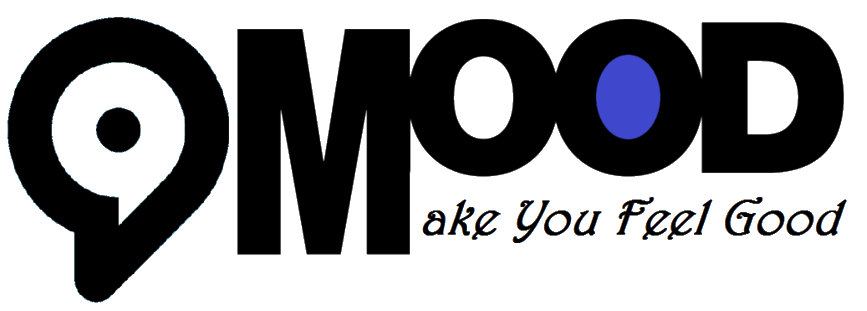TL;DR – Boost productivity with these important software development rules for employees in 2024. Learn the best practices today.
Software development is a never-ending process and after more than 5 years of experience in the IT industry, I made my own rules, You can read them below, Of Course you can also follow them to make your lifestyle better. If you agree with me, show some love with comments and claps on the article. It will be appreciated.
1. Changes happen
The reason why waterfall doesn’t work and agile works a lot better. Changes happen. People will always change their minds and so clients also do the same, over time technology changes and situations change. So during software development, you will have to be flexible with the requirements.
2. Always write down decisions.
During a project, especially during the startup, there are a lot of choices to be made. Is it going to be a web application, or standalone? What frameworks are we going to use?
All these decisions are made with arguments, pros, and cons, write those down! A project wiki would be a perfect place. If some members leave the team and new members join the team this information is vital. When the new members join the team their first reaction will be “Why are they doing it this way and not in another way?”. Reading the argumentation will help them understand the situation and get the boost up to speed. Also, during projects there are always moments when you reflect on choices made in the past: “Why did we do … wouldn’t we have done better if we did/used something else …”. You can now always review the past arguments to see if the current situation has changed so much that reconsideration would be in order or not.
“Alone we can do so little, together we can do so much.” — Helen Keller
3. Create software that the client wants, not what he says he wants.
What the client tells you he wants might not (entirely) be what he/she actually wants or the organization needs. It is vital to ask questions and release them early. When you have something visible, let the client judge it.
Some people say there is one major drawback of showing designs and the application early on, the client probably gets new ideas and wants to change the design, or wireframes or UI/UX. But that actually is a good thing, you still have much time left to plan these changes! If you do a waterfall method and release on delivery date. The client still wants his/her changes!
4. The team owns the code – Software Development Rules.
If you write a piece of code, it is not your code. The code belongs to the collective, the team. If somebody changes your code, embrace it, it was probably needed. If you see an ugly piece of code you didn’t write, you are also responsible, refactor it. That’s something we call “TEAMWORK”.
“Coming together is a beginning. Keeping together is progress. Working together is success.” — Henry Ford
5. Commit-driven development.
Test-driven development is a great idea. First, write a unit test, check to see if it fails, now write your code until the test succeeds. This way you know two important things, the final code is easy to test (it was written with testing in mind) and the code does what the test expects. But there is one major drawback, most people (not all) simply can’t work this way.
For some people, it works great, but some developers want to write their tests afterward. And that is ok, there is just one important rule: Never check your code in (the trunk) if it isn’t tested and doesn’t have proper documentation (e.g. JavaDoc). So, It is no problem if you write code and then tests, or tests then code, as long as you write them before committing to your GIT, SVN, or TFS repository — Whatever you are using for code version control things.
There are situations when you need to write a lot of new code, in that case, you still want to be able to check your code in, even if you aren’t done yet. For these situations, you create a feature branch. On this branch, you develop all the new functionality and once it is done, documented, and tested, merge it with the trunk.
Hope you find it much helpful.
You may also like,
Cover Photo by Carl Heyerdahl on Unsplash.
Discover more from 9Mood
Subscribe to get the latest posts sent to your email.



























0 Comments